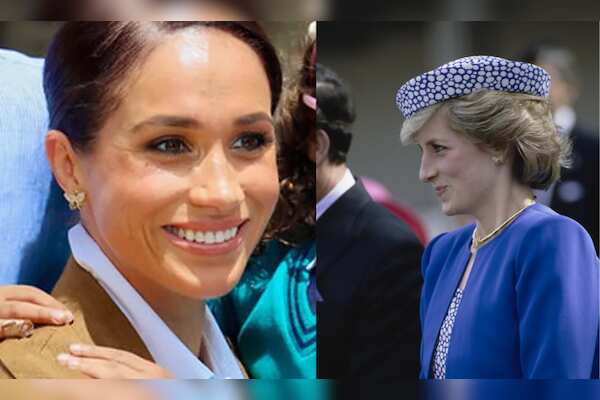Regular physical activity has long been associated with numerous health benefits, including improved cardiovascular health, weight management, and stress reduction. However, what many people may not realize is that exercise can also have an impact on a woman's menstrual cycle. In this article, we will explore the connection between exercise and the menstrual cycle, delving into how different types of physical activity can influence the duration, intensity, and regularity of a woman's period.
Numerous studies have shown that engaging in moderate exercise can help alleviate common menstrual symptoms such as cramps, bloating, and mood swings. This is believed to be due to the increase in blood circulation and the release of endorphins, the body's natural painkillers, that occurs during exercise. On the other hand, excessive or high-intensity exercise can have the opposite effect and disrupt the menstrual cycle, potentially leading to irregular periods or even amenorrhea, which is the absence of menstruation. Mukul Nagpaul, a fitness expert and founder of Pmftraining, highlighted several factors that can influence the relationship between exercise and the menstrual cycle. These factors include the type and intensity of exercise, diet, overall health, and hormonal variations. For optimal menstrual health, it is recommended to maintain a balanced exercise routine that incorporates a mix of aerobic activities, strength training, and flexibility exercises. Additionally, a well-balanced diet rich in essential nutrients like iron, calcium, and vitamins is crucial for supporting a healthy menstrual cycle. It is also essential to consider any underlying health conditions such as polycystic ovary syndrome (PCOS), thyroid disorders, or extreme weight loss, as these can impact the regularity of the menstrual cycle. Hormonal variations play a significant role in how exercise affects the menstrual cycle, as each woman's hormonal makeup is unique. It is important to pay attention to how your body responds to exercise and make adjustments accordingly to support a healthy menstrual cycle. Nagpaul shared some valuable tips for optimizing your exercise routine to promote healthier menstrual cycles. These tips include finding the right balance between low-impact and moderate-intensity exercises, listening to your body, staying hydrated, prioritizing rest and recovery, and consulting with your healthcare provider if you have any concerns about your menstrual health. In conclusion, exercise can have both positive and negative effects on the menstrual cycle, depending on the type and intensity of physical activity. By finding the right balance, listening to your body, and maintaining a healthy lifestyle, you can optimize your exercise routine to support a healthier menstrual cycle. Remember to always consult with your healthcare provider before making significant changes to your exercise regimen or if you have any concerns about your menstrual health. Embrace an active and healthy lifestyle for a happier, healthier you.The Impact of Exercise on Women's Menstrual Cycles: Understanding the Connection and Optimizing Your Routine for Healthier Periods
 1 year ago
20799
1 year ago
20799
- Homepage
- Gossips & Lifestyle
- The Impact of Exercise on Women's Menstrual Cycles: Understanding the Connection and Optimizing Your Routine for Healthier Periods
Related
"Meghan Markle's Heartfelt Tribute to Princess Diana Through...
1 month ago
2025
Prince Harry and Meghan, Duke and Duchess of Sussex, Delve i...
1 month ago
2073
Annual 'All-Access Fly Pass' Announced by European Airline
1 month ago
2047
Trending in United States of America
Popular
Nokia Reaches 5G Patent Agreement with Vivo After Lengthy Le...
7 months ago
26048
Apple's Upcoming Tablet Lineup: iPad Air to Introduce Two Si...
9 months ago
25976
Xiaomi's First Electric Car, the SU7 Sedan, Enters the EV Ma...
8 months ago
25364
The European Parliament's Bold Move to Combat Smartphone Add...
9 months ago
25312
Unveiling ChatGPT's New 'Memory' Feature Revolutionizing Use...
7 months ago
25212
© OriginSources 2024. All rights are reserved








 English (US)
English (US)